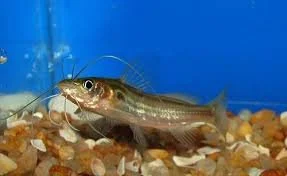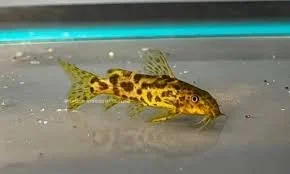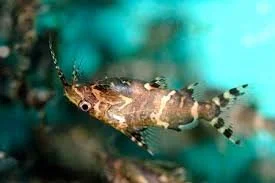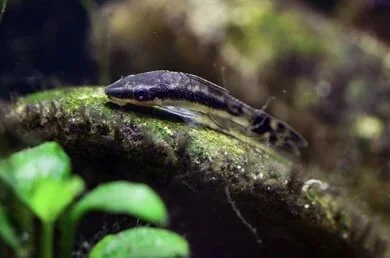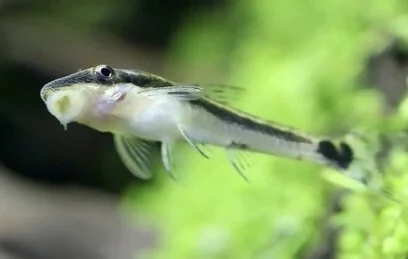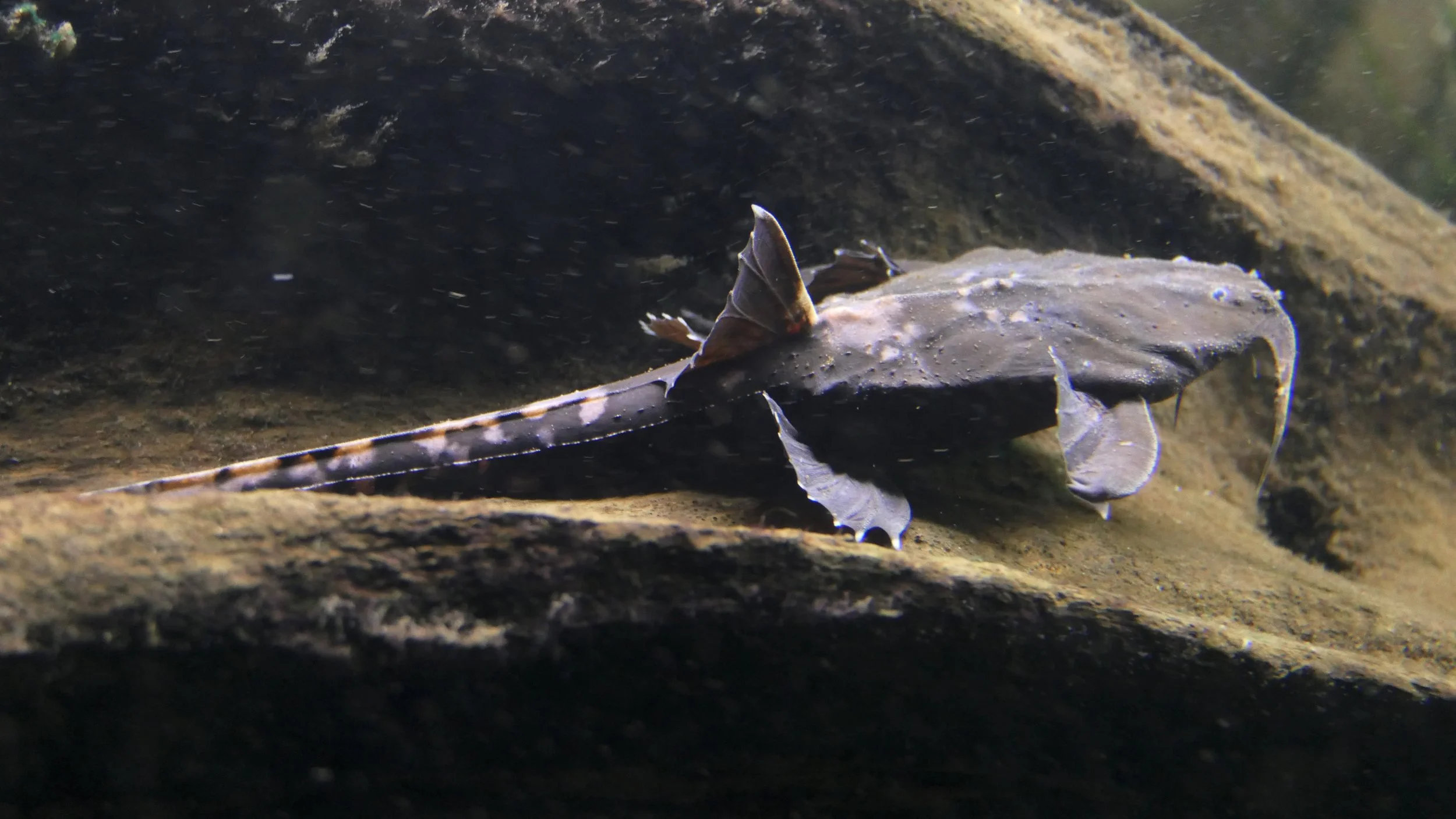 Image 1 of 1
Image 1 of 1


Sun Catfish (2-2.5 in.)
The Horabagrus brachysoma, commonly known as the Sun Catfish or Asian Sun Catfish, is a freshwater catfish species native to rivers and streams in South and Southeast Asia. Here's a care sheet to help you maintain a healthy environment for these fish in your aquarium:
Tank Setup:
Tank Size: A minimum tank size of 75 gallons is recommended for a single adult Horabagrus brachysoma. Larger tanks are preferable for a group or community setup.
Substrate: Use a fine-grained substrate like sand, as they like to sift through the substrate in search of food.
Decorations: Provide hiding spots with caves, PVC pipes, or other structures as these catfish are nocturnal and like to have secure places to hide during the day.
Water Parameters:
Temperature: 75-82°F (24-28°C)
pH: 6.5-7.5
Hardness: Soft to medium water hardness
Filtration: Use a powerful and efficient filter to maintain good water quality. These fish can be messy eaters, so a reliable filtration system is essential.
Feeding:
Diet: Horabagrus brachysoma is a carnivorous species. Offer a varied diet that includes high-quality pellets, live or frozen foods such as bloodworms, brine shrimp, and small fish.
Feeding Frequency: Feed adult fish once every 1-2 days, adjusting the quantity to prevent overfeeding.
Behavior:
Solitary Nature: Horabagrus brachysoma is generally solitary and may exhibit territorial behavior, especially towards conspecifics (members of the same species).
Nocturnal: These catfish are nocturnal, so they are more active during the night. Provide hiding spots for them to retreat during the day.
Compatibility:
Tankmates: Choose tankmates carefully. Avoid keeping them with smaller fish that may be seen as prey. Larger, peaceful tankmates are preferable.
Conspecifics: While they can be kept in groups, it's essential to provide ample hiding spaces and monitor for any signs of aggression.
Health Considerations:
Quarantine New Additions: Always quarantine new fish for a few weeks to prevent introducing diseases to your main tank.
Observation: Regularly observe your catfish for any signs of illness, stress, or abnormal behavior.
The Horabagrus brachysoma, commonly known as the Sun Catfish or Asian Sun Catfish, is a freshwater catfish species native to rivers and streams in South and Southeast Asia. Here's a care sheet to help you maintain a healthy environment for these fish in your aquarium:
Tank Setup:
Tank Size: A minimum tank size of 75 gallons is recommended for a single adult Horabagrus brachysoma. Larger tanks are preferable for a group or community setup.
Substrate: Use a fine-grained substrate like sand, as they like to sift through the substrate in search of food.
Decorations: Provide hiding spots with caves, PVC pipes, or other structures as these catfish are nocturnal and like to have secure places to hide during the day.
Water Parameters:
Temperature: 75-82°F (24-28°C)
pH: 6.5-7.5
Hardness: Soft to medium water hardness
Filtration: Use a powerful and efficient filter to maintain good water quality. These fish can be messy eaters, so a reliable filtration system is essential.
Feeding:
Diet: Horabagrus brachysoma is a carnivorous species. Offer a varied diet that includes high-quality pellets, live or frozen foods such as bloodworms, brine shrimp, and small fish.
Feeding Frequency: Feed adult fish once every 1-2 days, adjusting the quantity to prevent overfeeding.
Behavior:
Solitary Nature: Horabagrus brachysoma is generally solitary and may exhibit territorial behavior, especially towards conspecifics (members of the same species).
Nocturnal: These catfish are nocturnal, so they are more active during the night. Provide hiding spots for them to retreat during the day.
Compatibility:
Tankmates: Choose tankmates carefully. Avoid keeping them with smaller fish that may be seen as prey. Larger, peaceful tankmates are preferable.
Conspecifics: While they can be kept in groups, it's essential to provide ample hiding spaces and monitor for any signs of aggression.
Health Considerations:
Quarantine New Additions: Always quarantine new fish for a few weeks to prevent introducing diseases to your main tank.
Observation: Regularly observe your catfish for any signs of illness, stress, or abnormal behavior.


